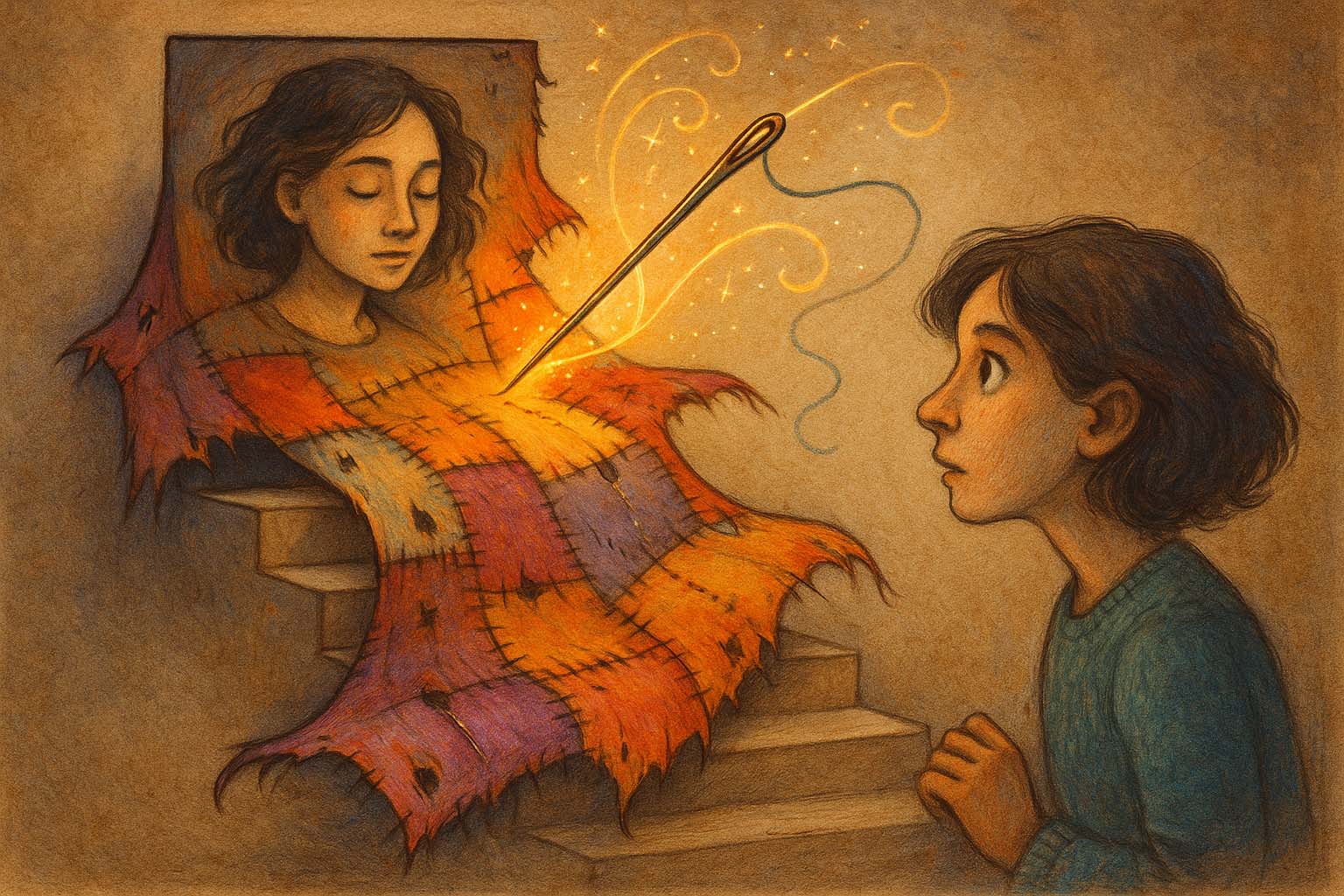
Stitchwork: The STEPS We Take
A metaphor guided model for understanding and responding to suicide risk
Life is a fabric—woven thread by thread over time.
It carries our connections, our meanings, our identity. Each moment, each relationship, each struggle adds a stitch to the cloth. Some stitches are neat and bright. Others are knotted or frayed. And just as in any tapestry, wear accumulates. Sometimes, the fabric begins to thin.
To respond to suicidality with clarity and compassion, we must learn to see the pattern within the pain—to recognise the texture of a life before, during, and after crisis.
That is the purpose of STEPS: Steps To Evaluate Progression of Suicidality—a metaphor-guided, evidence-informed model that helps practitioners follow the thread of suicidality from early vulnerability to post-crisis recovery. It is not a linear path, but a dynamic movement through six interwoven phases, each represented by a guiding acronym:
The Loom of Life
FLOW (Life in Motion)
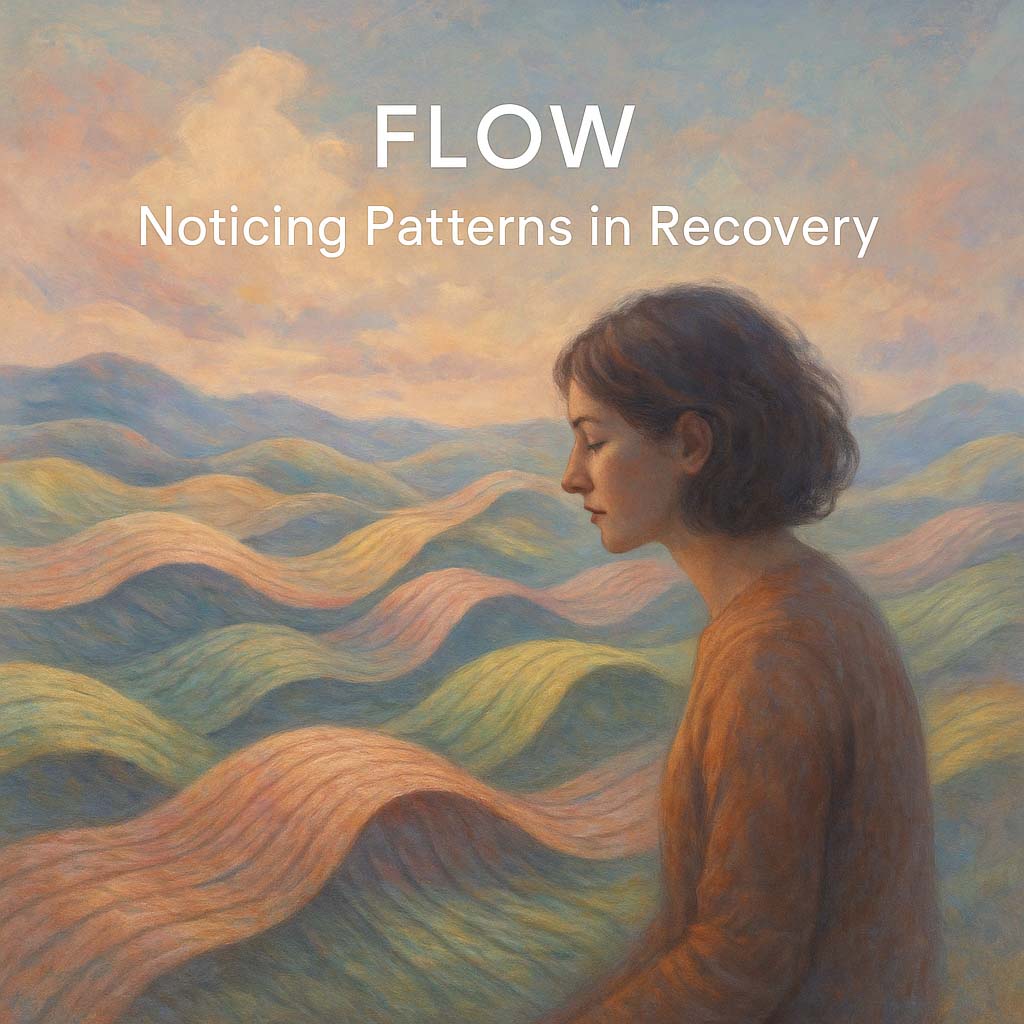
We begin not in crisis, but in motion. Each day, the loom turns. The thread glides or catches. Moods rise and fall; stress ebbs and returns. In FLOW, we observe the patterns of everyday life—what stabilises the person, what disrupts them, and where early signs of distress might emerge. FLOW is the backdrop for both recovery and risk. It reminds us that suicide care doesn’t begin with a crisis—it begins with watchfulness and rhythm.
The Worn Threads
FABRIC (Predisposition)
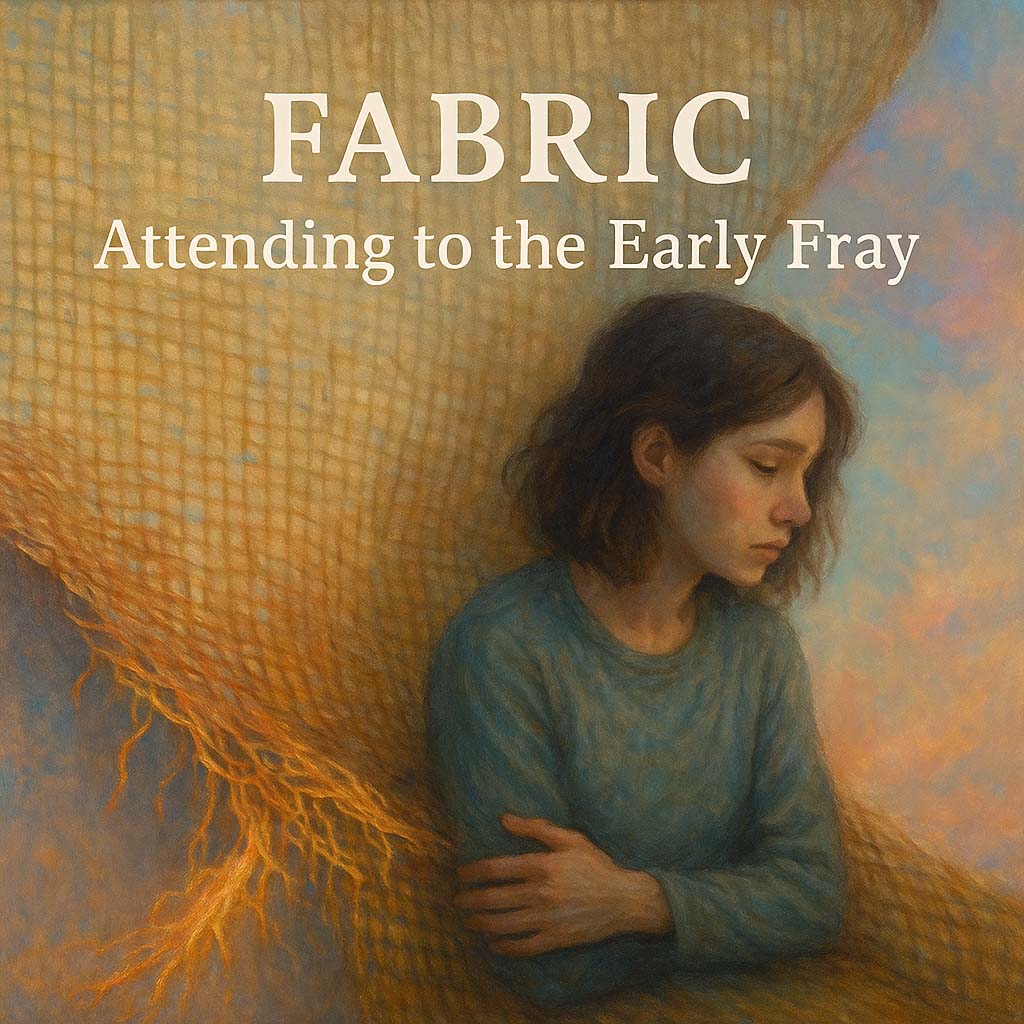
Before a thread pulls loose, the fabric frays. In FABRIC, we explore the deeper vulnerabilities that weaken a person’s sense of self: disconnection, burdensomeness, hopelessness, rumination. These are not symptoms to be scored—they are signals to be seen. By intervening at the level of predisposition, we may prevent crisis before it takes shape.
The Pulling Strand
THREAD (Ideation)
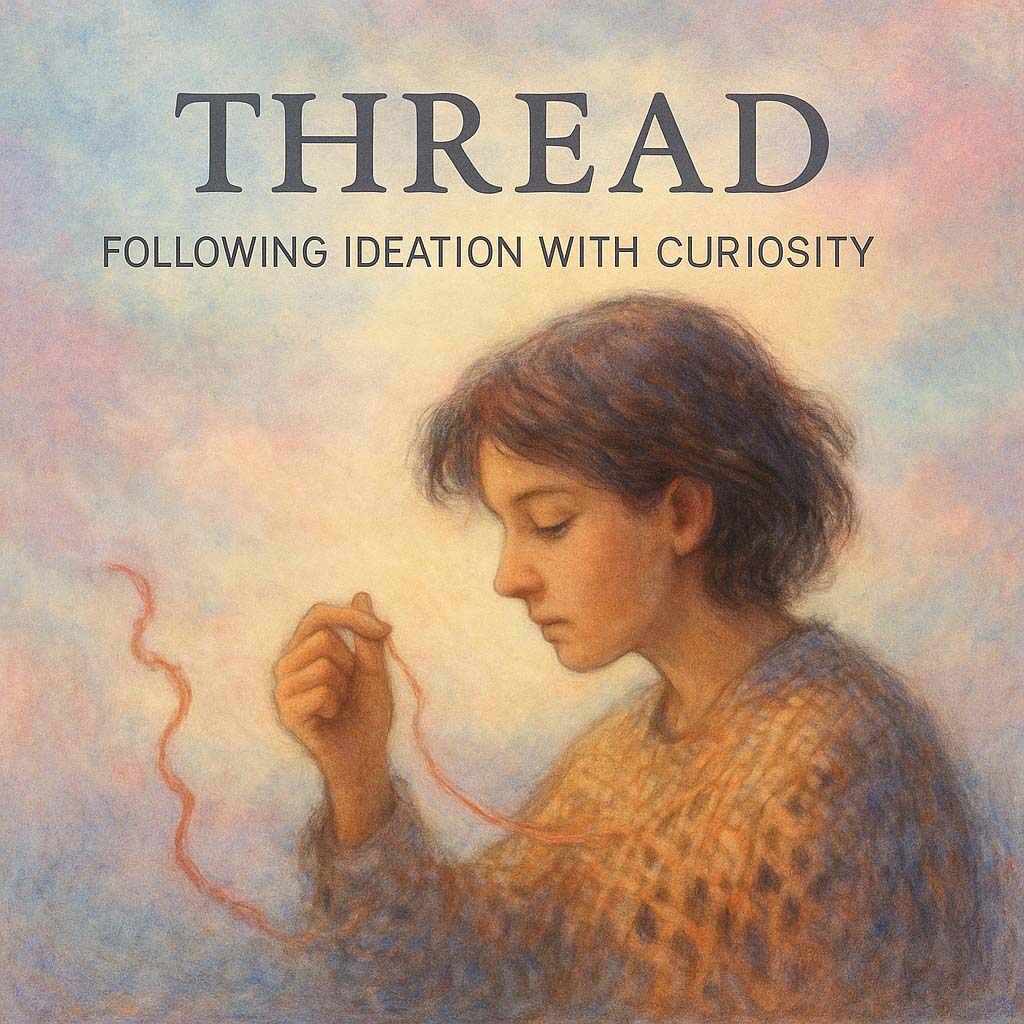
From the worn cloth, a thread begins to loosen. In THREAD, suicidal ideation emerges—perhaps quietly, perhaps sharply. Thoughts of escape, disappearance, or death rise and fall. They twist through ambivalence. Our work here is not to pull the thread taut or snip it away, but to follow it with curiosity and care, asking: where does this thread lead? What meaning does it hold?
The Eye of the Needle
NEEDLE (Intention)
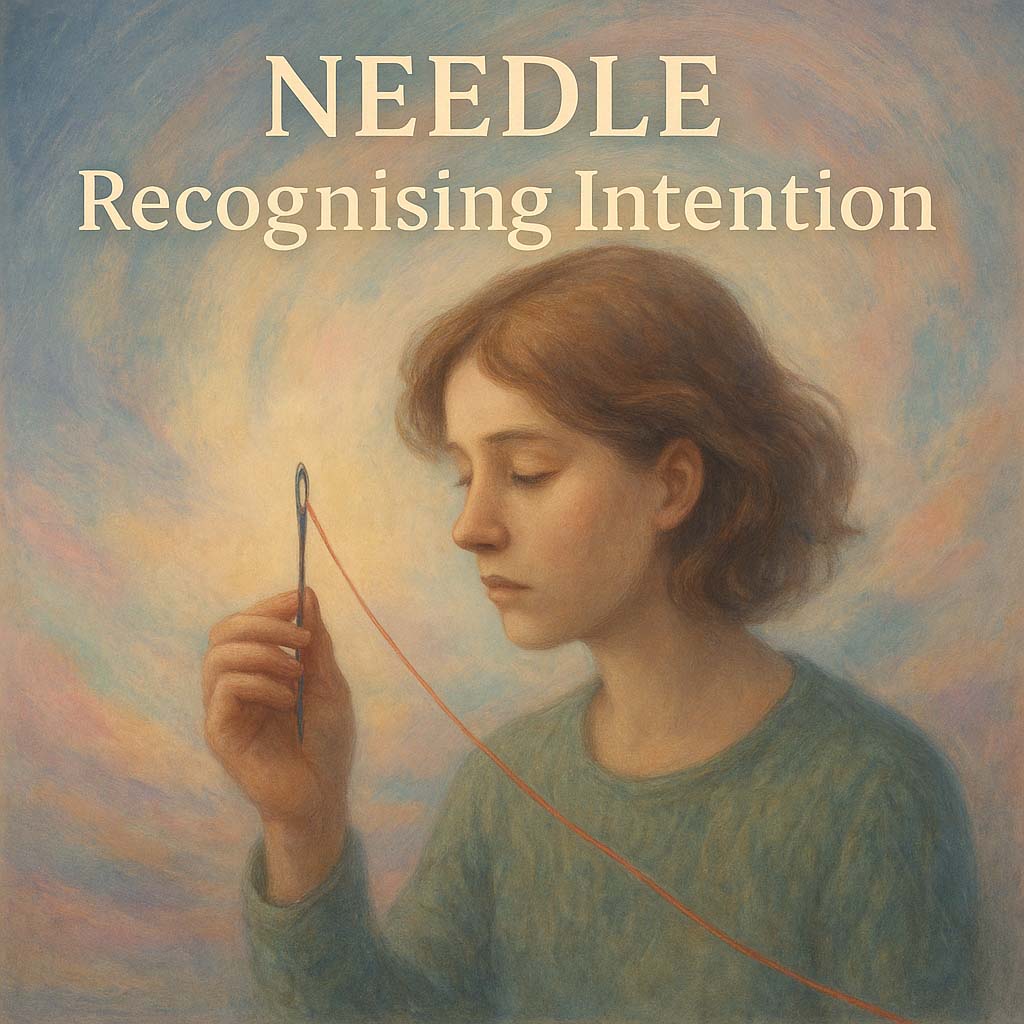
As the thread moves, it seeks alignment. In NEEDLE, ideation takes form and intention emerges. The person may begin to plan: a method, a time, a place. Their world narrows. This is the critical phase where urgency rises. Our presence must be calm and deliberate. We name what is happening. We remain close. We hold the thread gently, without forcing hope, and offer possible alternatives for weaving a different path forward.
The Piercing Point
TIP (Action)
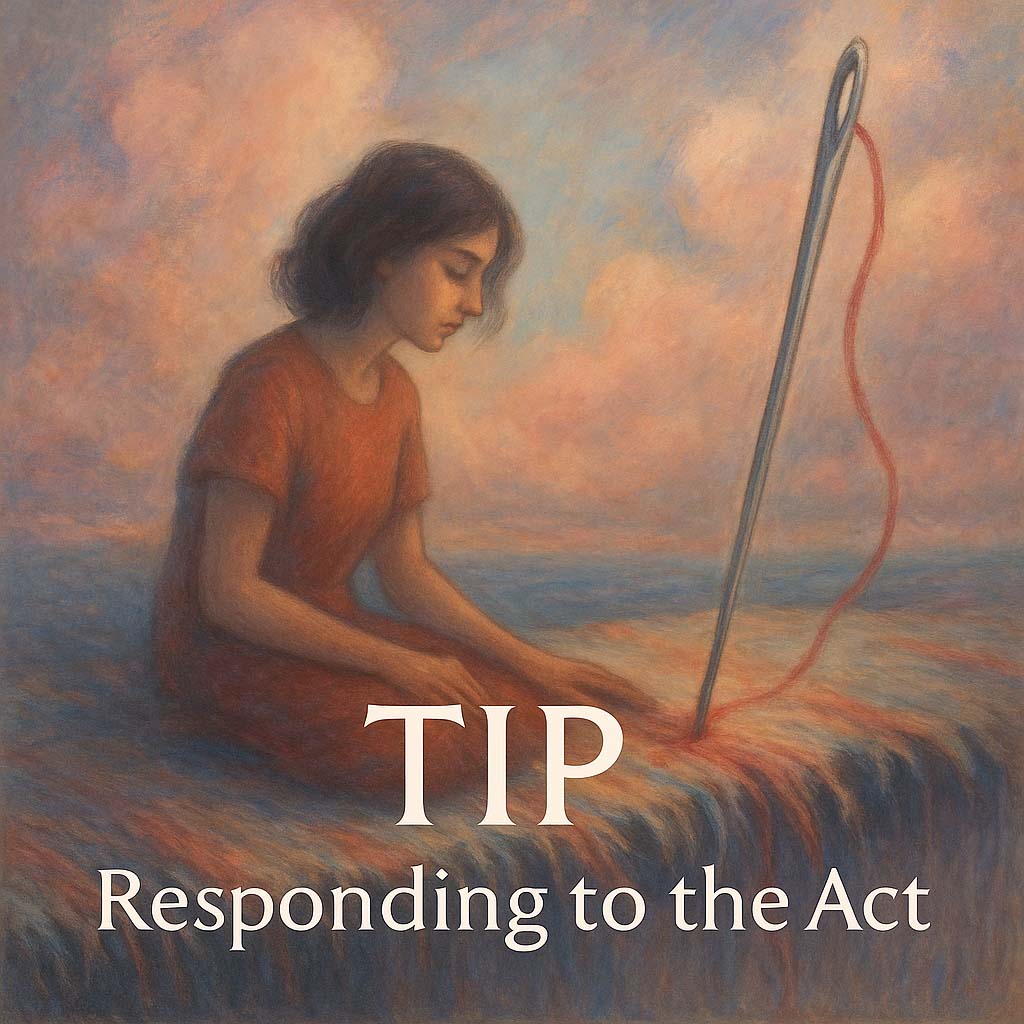
The thread passes through. The fabric is pierced. This is the TIP—the suicide attempt. It may be abrupt or rehearsed, interrupted or completed. It marks a rupture, a tear in the weave of life. We do not rush to patch it. We pause. We seek to understand: what tension built to this moment? What meaning did the act carry? What now remains?
The Stitching After
MEND (Post-Action)
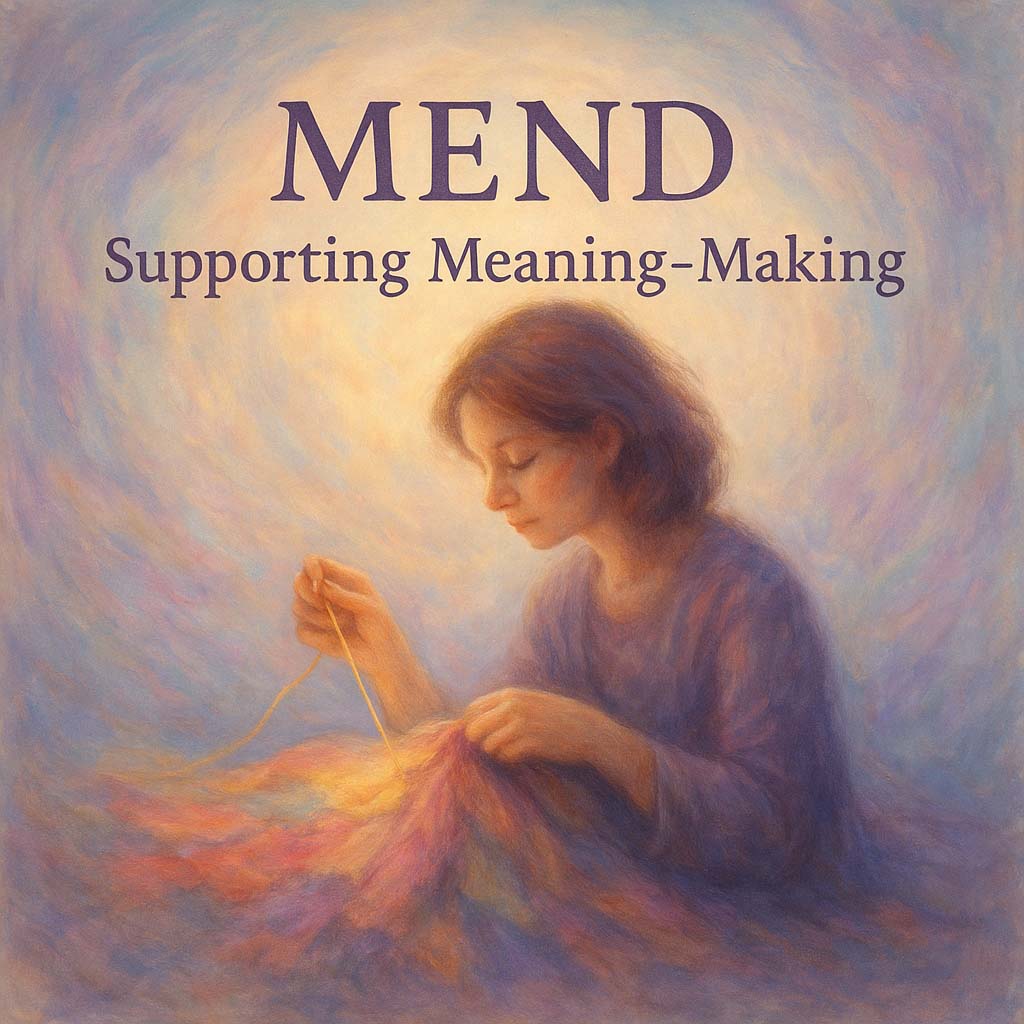
Survival is not resolution. The tear is still there. In MEND, we enter the space after the act. This is the phase of reflection, support, and slow repair. We sit with the person—not to fix them, but to witness. We ask what endures. What emotions still echo? What thread might next be picked up? Mending is not a return to the old pattern—it is the creation of something new, stitched with intention and care.
A Model That Moves With You
These six phases—FLOW, FABRIC, THREAD, NEEDLE, TIP, and MEND—form the core of the STEPS model. They do not follow a straight line. They loop, shift, and overlap. A person may be stitching one part of their life while another begins to fray. That is why we call this approach stitchwork. It is layered. Textured. Alive.
And so, in suicide prevention, we do not simply assess risk.
We trace motion.
We hold the thread.
We watch the weave.
We stay close—not only at the point of rupture, but in the quiet tension that comes before, and the slow mending that may come after.
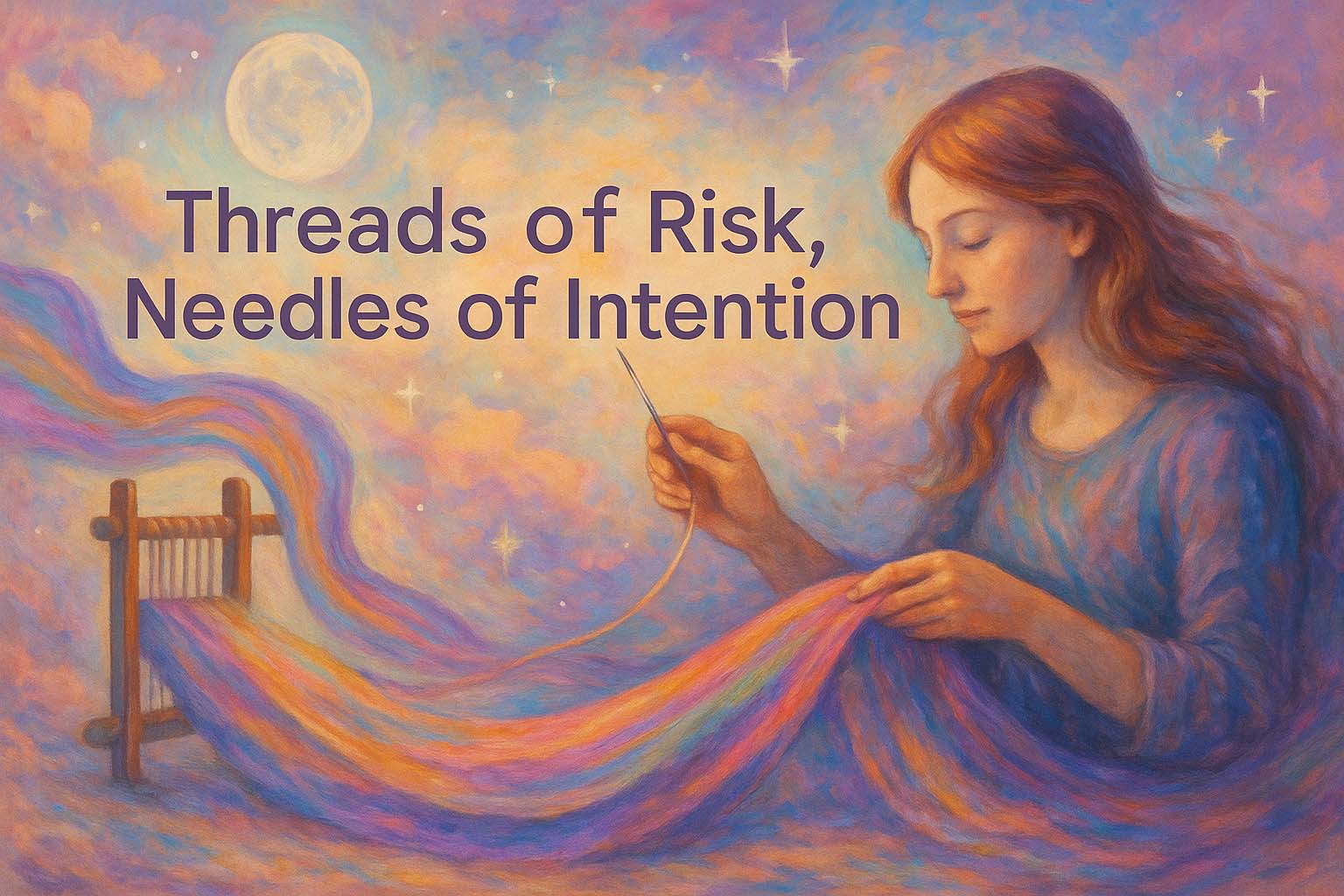
🧵 Why Attend the STEPS Suicide Prevention Training?
What You’ll Gain from This Practice-Centred, Metaphor-Guided, Evidence-Informed Course
Most suicide prevention courses teach what to say. STEPS goes deeper—into how, when, and why to say it. Built around layered metaphor, practical rehearsal, and the latest research, STEPS gives staff the tools, structure, and confidence to walk alongside people in suicidal distress.
🎯 What Makes STEPS Different
- From Panic to Practice
We go beyond theory. Through rich case studies, live role-plays, and guided debriefs, STEPS ensures participants practise what they’re learning—not just hear about it. - Semi-Structured Conversation Guides
Rather than vague scripts, we provide clear, flexible guides for structured conversations. These allow clinicians to be emotionally present while staying clinically anchored. - Zooming in on Suicidal Phenomenology
The STEPS model breaks down the progression of suicidality into recognisable phases (FABRIC, THREAD, NEEDLE, TIP, MEND, FLOW). This lets staff detect the nuances often missed in traditional assessments. - Metaphor that Stays With You
The poetic metaphor of weaving, fraying, stitching, and mending is not just evocative—it’s functional. It helps staff understand distress from the inside out and retain critical knowledge under pressure. - Open and Closed Question Mastery
We teach the art of timing, tone, and tact in asking both open and closed questions—so staff feel confident navigating moments that are emotionally charged and ethically delicate. - Motivational Interviewing for Suicide Prevention
Staff learn to use MI strategies not only to explore ambivalence, but also to gently build alternatives and strengthen reasons for living. - Acronyms that Anchor
Each phase of the STEPS model is supported by a memorable acronym (FABRIC, THREAD, NEEDLE, etc.) that helps staff remember what to assess, explore, or reflect on—no matter the setting. - Training in 13 Core Clinical Models
STEPS weaves together traditional and cutting-edge models including:- Beck’s Cognitive Model of Depression
- CBT and DBT formulations
- Schneidman’s Cubes of Suicide
- Cry of Pain Model
- Cusp Catastrophe Model
- Klonsky’s Three-Step Theory
- O’Connor’s Integrated Motivational-Volitional Model
- Rudd’s Fluid Vulnerability Theory
- SAFE Planning and AIMS Pathways
- PROTECT & relational safety models
This allows participants to understand both the why and how of suicidal distress and crisis care.
- Insight as Intervention
Participants learn to map suicidal crises in time, helping patients reflect on their patterns—making future crises more navigable and less overwhelming. - Lived Experience and Human-Centred Framing
STEPS never reduces a person to a score. Instead, it helps clinicians stay close to the human story, even in the midst of high risk and complexity.
🪡 You Will Leave With…
✅ Practical confidence to engage in high-stakes conversations
✅ New insight into suicide risk that transcends checklists
✅ Rich metaphor and structured models to guide care
✅ A repertoire of open-ended and focused questions
✅ Understanding of how different suicide theories inform real practice
✅ The ability to distinguish between ideation and intent—and what to do next
✅ Hands-on experience with real-life cases, feedback, and growth
✅ A renewed sense of meaning and purpose in this vital work
“We don’t just talk about suicide. We rehearse what it takes to hold the thread.”
This is not a passive course. It’s a weaving of courage, clarity, and clinical wisdom. And it prepares you not just to respond to suicide risk, but to transform how your service approaches it—one thread at a time.
